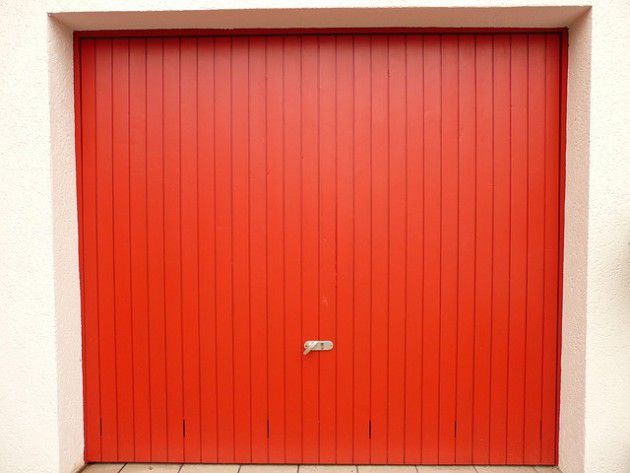The first thing to do when you notice any mold problems around your garage is to look for any leaks, whether its in the roof or any pipes running through it. Mold loves to thrive in humid and warm environments, so you have to make sure your home doesn’t have such conditions for it to live in. The tips of this article will give you a better idea on what you can do to keep it out of your house:
Advertisement
- Start your work by looking at the water pipes of your home, its plumbing, waste lines and the like. If you happen to have any leaks, then you will likely have a chance to spot it early on. Turn on your faucets and allow the water to run for a while so you can catch any leaks that may have occurred. You should be able to notice any damp or wet spots that would show the problem areas around there. It may take a bit of work to identify these areas, but in the end it will be of great use to do so.
- Never ignore mold if you happen to see it around your home. If you leave it for extended periods of time you will eventually have to face a lot worse issues, such as wood rot for example. Avoid wiping it and leaving things as they are, as the mold will return in time. Focus on finding the point of origin for the leak and address the issue so you can eliminate things at their source.
- Check your window wells, vents and flashing for any issues as well. Leaks on the walls and the roof will often grow into mold infestation, especially in humid and hot environments. Check for the exact location of your leaks by looking both inside and outside for any possible breaches. The grounds around the home must also be checked if they happen to slope toward the home itself, as this may create issues with the foundations.
- If you happen to find mold on your ceiling under a duct or a similar location, but you see no signs of a possible roof leak, then you may have some issues with the duct work of your home. Moist air can easily condense into locations like that, forming droplets of water on surfaces that are cooler than the air around them. This condensation will mean you have to deal with your faulty vapor barrier, since allowing things to go on this way will eventually end up saturating the insulation and walls. The last thing you want is overabundance of mold spores growing in your home. If you have cold weather to deal with, then you will experience the exact opposite problem when moisture gathers around the joints and duct sections where warm air is expelled outside.
http://www.carpetcleaningcleaner.co.uk/chiswick-cleaning-company/chiswick-cleaning-services.html


3 comments
We live in WA where the air is very humid in the winter and cool. The things we have in our garage, like moving pads (blankets) pillows and such are now smelling moldy. We don’t have a door right now and there is NO leaks in the roof. Any suggestions besides putting these items inside??
It sounds like it is a humidity problem. You said you don’t have a door…did you mean the large garage door? If you did have a door, I would perhaps run a dehumidifier to reduce the moisture. Other than that, I’m not sure what else you could do besides moving the items.
I have hairline cracks in several places in my garage in Pennsylvania. This winter i noticed a lot of black material around the lines (a couple inches out all along the lines) and some apparent dampness around the cracks. One crack libe also has some effervescence too. Is the black mold or dirt working its way up through the crack? Again, cold winter, closed garage with 2 cars. It is a lot of mold if yes, but all on the floor.